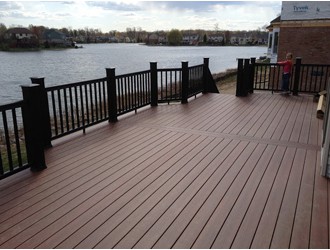The study has focused on assessing the suitability of kenaf core fraction (about 65%of the whole stem of the plant) in powder form as filler material. Kenaf powder, processed from its core fibre, has been shown to offer one potential solution to the increasing scarcity of traditional filler materials. Kenaf stems contain two distinct fibre types, bast and core.
Researchers examined the possibility of replacing sawdust with GKC and measured the mechanical properties of the resulting composites. They also looked at the effect of increasing maleic-anhydride-modified polypropylene (MAPP) dosage. Material preparation included GKC drying followed by high intensity blending with polypropylene (PP), coupling agents (MAPP) pellets, and feeding this into a counter-rotating twin-screw extruder for compounding. Compounded blends were then fed to an injection-moulding machine to produce boards of dimensions 153mm x 153mm x 3mm. Specimens were cut from the boards for tensile and bending tests in five replicates.
GKC formulation gave the highest average tensile strength, modulus of rupture and modulus of elasticity.
WPCs of polypropylene (PP) and ground kenaf core (GKC) fibre, dosed with maleic-anhydride-modified polypropylene (MAPP) in the right amount, was found not only to bridge the interface between the GKC and plastic, improving stress transfer and increasing their strength and stiffness, but also allow a higher filler loading of 65%. Reducing the amount of plastic and increasing the amount of GKC, without sacrificing strength, stiffness or durability, would result in greener WPC products.




